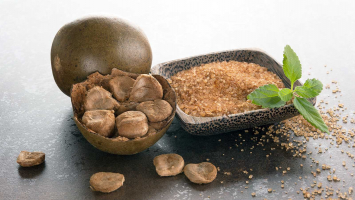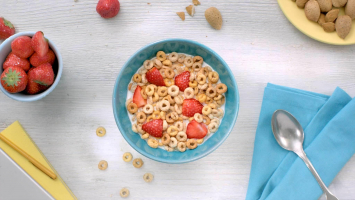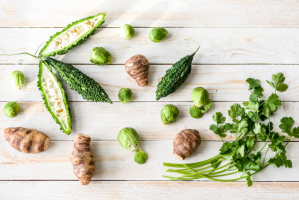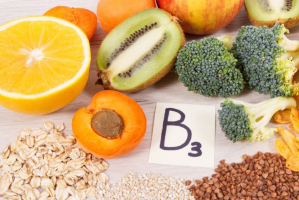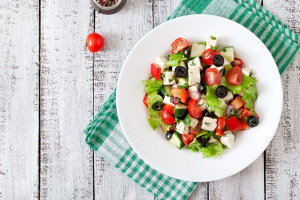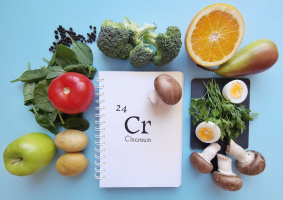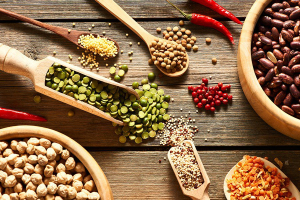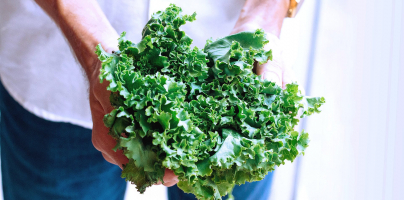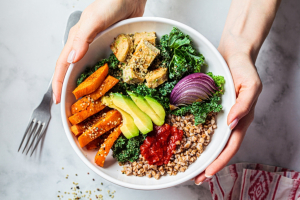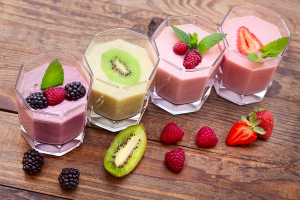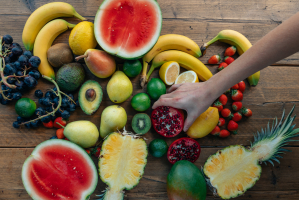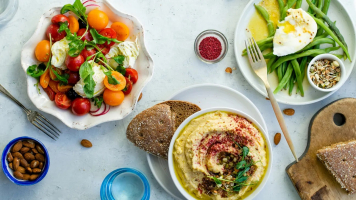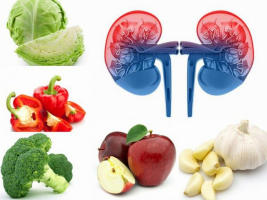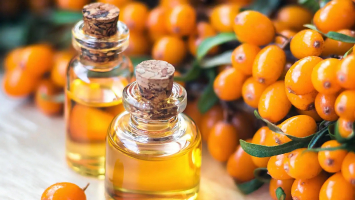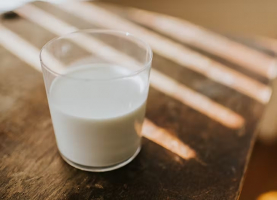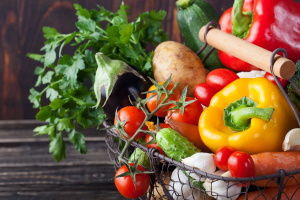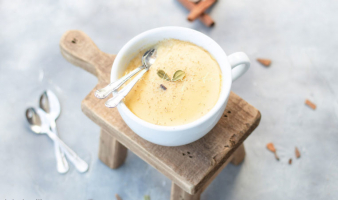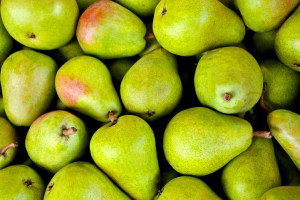Top 10 Low-Fat Foods That Are Good For Your Health
Restricting your fat consumption is typically unnecessary if you eat a healthy, balanced diet. Limiting the amount of fat in your diet, however, may be ... read more...beneficial in some situations. For instance, if you have pancreas or gallbladder disease or are recovering from gallbladder surgery, a low-fat diet is advised. A low-fat diet may also help you lose weight, lower your cholesterol, and avoid heartburn. Below are some of the low-fat foods that are beneficial to your health.
-
Leafy greens are virtually fat-free and rich in calcium, potassium, folate, vitamins A and K, and other healthy minerals. They are especially abundant in plant substances that have been found to lower inflammation in the body. It should come as no surprise that research suggests that diets rich in leafy greens may offer protection against certain diseases like cancer, diabetes, and heart disease.
Typical leafy greens are:
- Kale
- Spinach
- Arugula
- Collard greens
- Swiss chard
- Romaine lettuce
- ...
Smoothies or salads can both benefit from fresh leafy greens. For a nutritious side dish, you may also try steaming or sautéing them with your preferred herbs and spices.
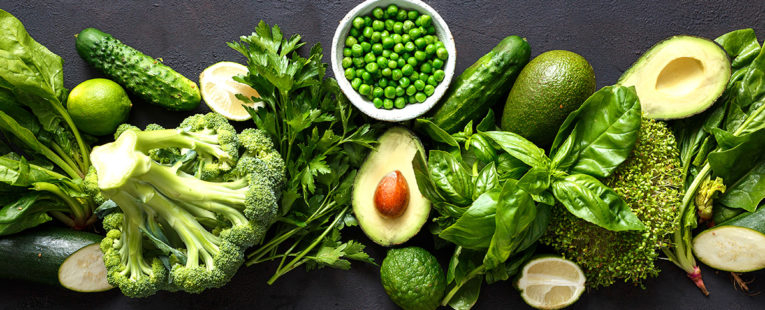
Leafy Greens 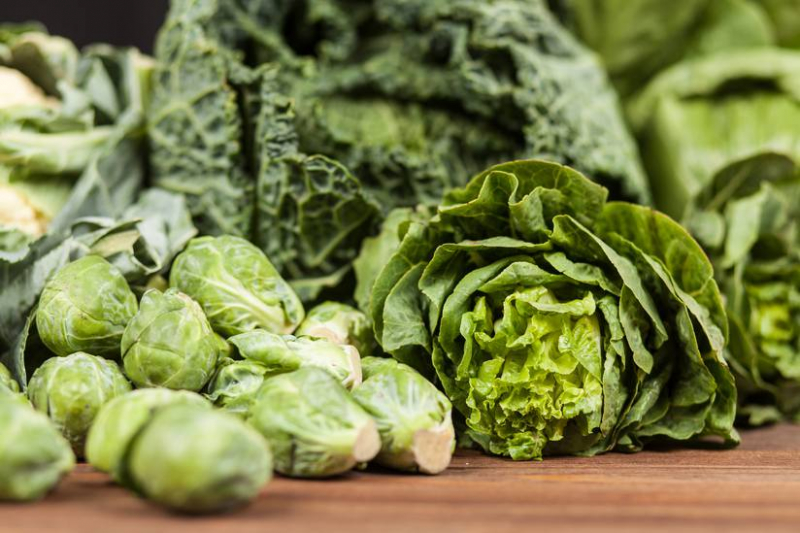
Leafy Greens -
If you're looking for a sweet, low-fat snack, fruit is a great choice. Almost all fruits are high in vitamins, minerals, and fiber and low in fat.
Additionally, they contain a lot of plant compounds. In fact, many of these beneficial plant substances are what give fruits their vibrant colors. Furthermore, some plant compounds are well known to be powerful antioxidants. Antioxidants protect your body from harmful, unstable molecules known as free radicals. Aging, heart disease, arthritis, cancer, and other conditions are all linked with cellular damage from free radicals. Fortunately, numerous studies indicate that diets rich in fruits and vegetables, which have high antioxidant content, can minimize free radical damage. Fresh, dried, or cooked fruits can all be enjoyed. Consider including them in salads and smoothies, or eat them with different dipping sauces.
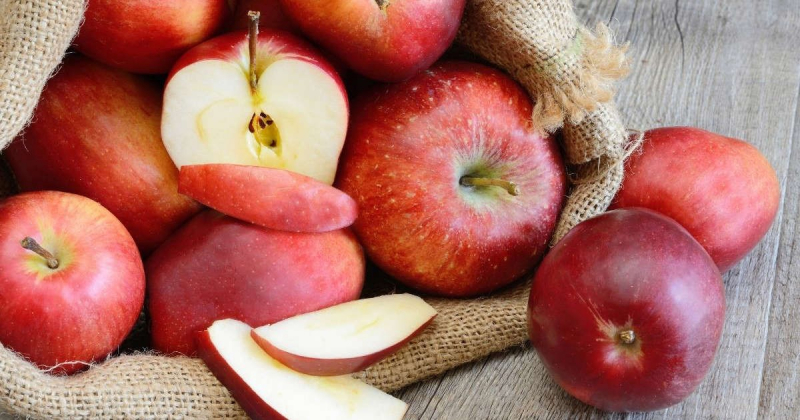
Fruits 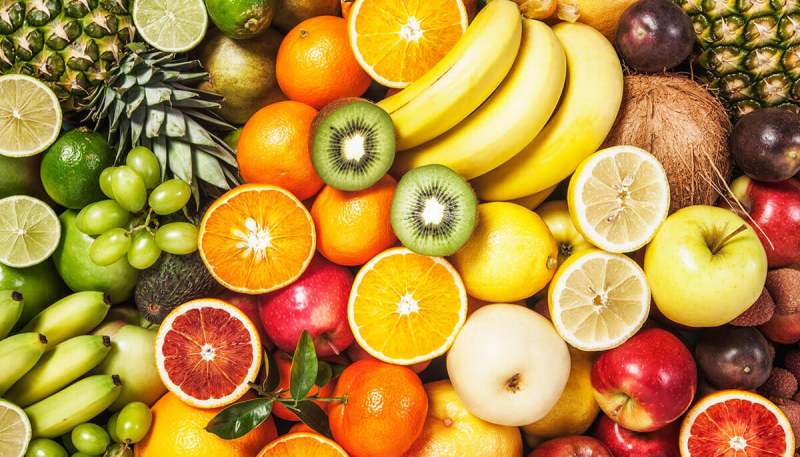
Fruits -
Beans, peas, and lentils are included in the group of vegetables known as legumes, commonly referred to as pulses. They don't have any cholesterol and have little fat. Additionally, they include a lot of fiber, protein, B vitamins, and important minerals including magnesium, zinc, and iron.
Beans and legumes are extremely nutrient-dense foods that have a number of health benefits. According to research, they may control blood sugar levels, as well as lower blood pressure and cholesterol. Additionally, eating beans and legumes frequently may help you lose weight because the high fiber content can help you feel satisfied for longer. They’re also great sources of vegetarian protein. You can try to incorporate beans into soups, tacos, salads, and other recipes.
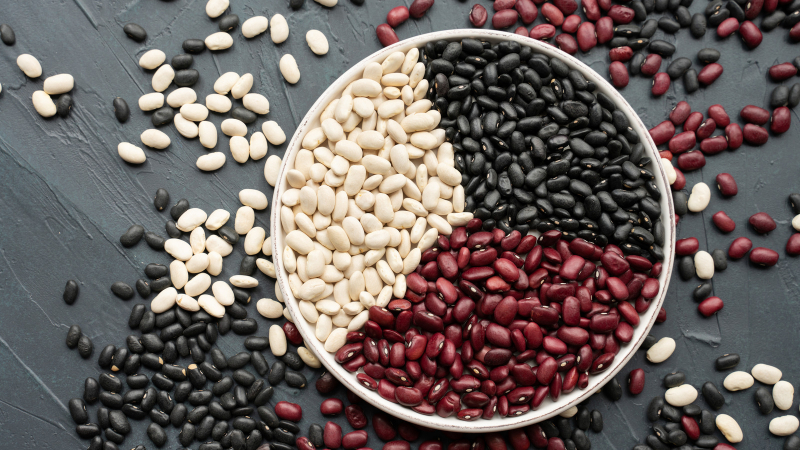
Beans and Legumes 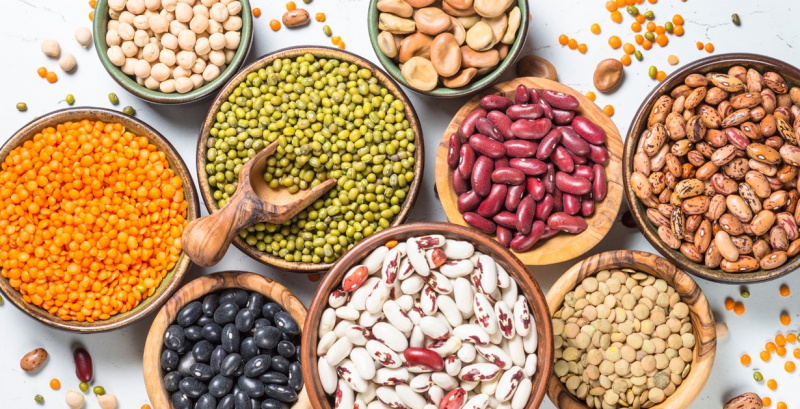
Beans and Legumes -
Sweet potatoes are a filling, low-fat root vegetable. Only 1.4 grams of fat are found in one medium sweet potato. Sweet potatoes offer vitamin A, vitamin C, and a number of B vitamins in addition to being low in fat.
Minerals like manganese and potassium are also abundant in them. They are a rich orange color because they contain a lot of beta-carotene, a plant pigment that is believed to protect cells from free radical damage. Your eyes seem to benefit significantly from beta-carotene. You can get 400% of your daily requirement for vitamin A from only one sweet potato. According to studies, eating a diet rich in beta-carotene may lower your chance of developing eye problems including cataracts and age-related macular degeneration (AMD).

Sweet Potatoes 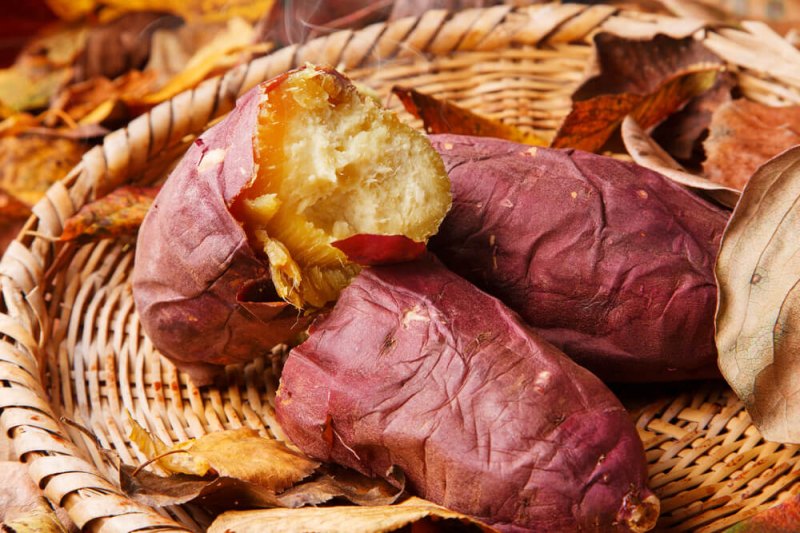
Sweet Potatoes -
Montmorency cherries, commonly referred to as sour cherries, are used to make tart cherry juice. Antioxidants are abundant in tart cherries. They may provide a variety of health benefits, from improved sleep to workout recovery, according to some medical studies.
Tart cherries are a fat-free fruit abundant in polyphenol, an anti-inflammatory compound. For those who are active, tart cherries may be beneficial. According to studies, drinking sour cherry juice after intense exercise can lessen soreness and muscle inflammation. It might also be helpful for reducing arthritis symptoms. In one study, women with osteoarthritis, the most prevalent kind of arthritis, who regularly drank tart cherry juice had lower blood levels of inflammatory markers.
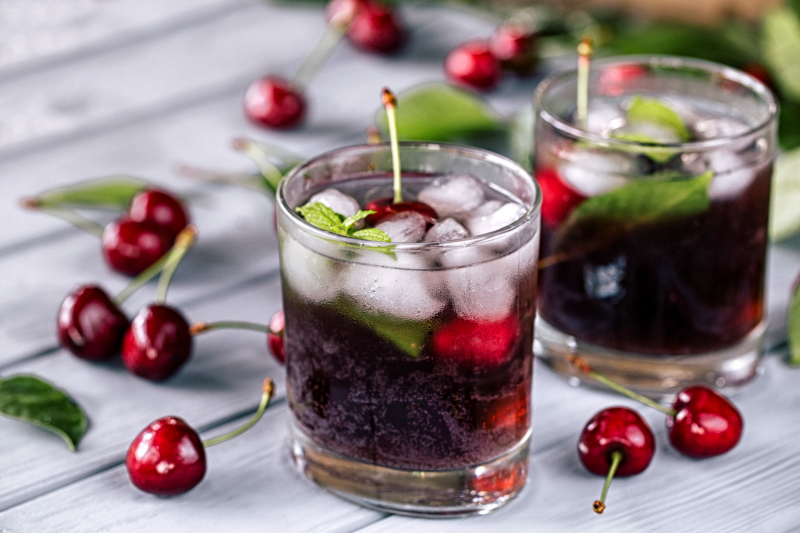
Tart Cherry Juice 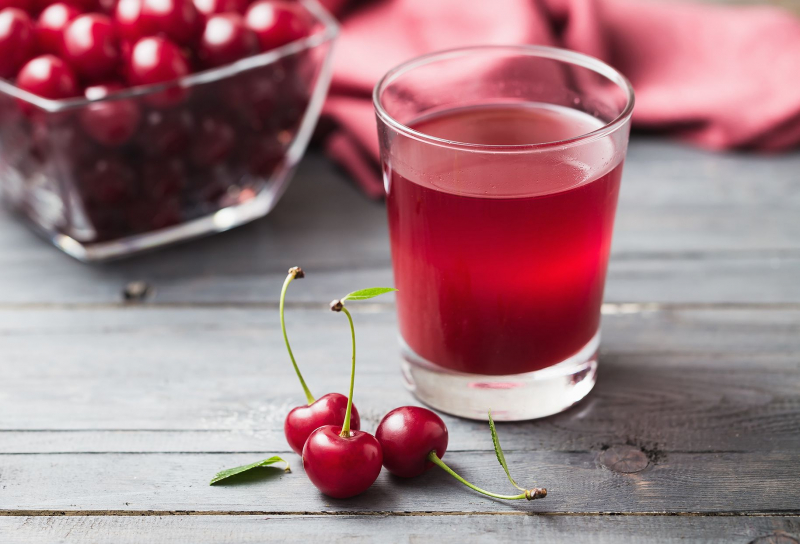
Tart Cherry Juice -
Cruciferous vegetables are a rich source of vitamins C, E, and K as well as fiber, folate, other minerals, and other nutrients. Some notable cruciferous veggies are broccoli, cauliflower, brussels sprouts, cabbage, bok choy, turnips, etc.
These vegetables are a great addition to a low-fat diet because they are all almost entirely fat-free. Glucosinolates, which contain sulfur and are present in cruciferous vegetables, are also responsible for the plants' bitter flavor. In both animal and test-tube research, glucosinolates have been shown to have anti-cancer properties. Numerous human observational studies have also found a link between cruciferous vegetable consumption and a lower risk of developing various malignancies, including bladder, breast, colon, liver, lung, and stomach cancer.
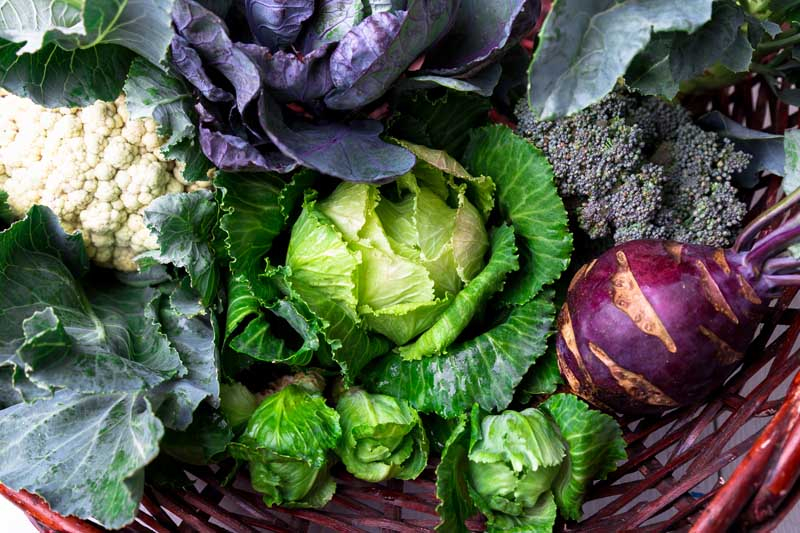
Cruciferous Vegetables 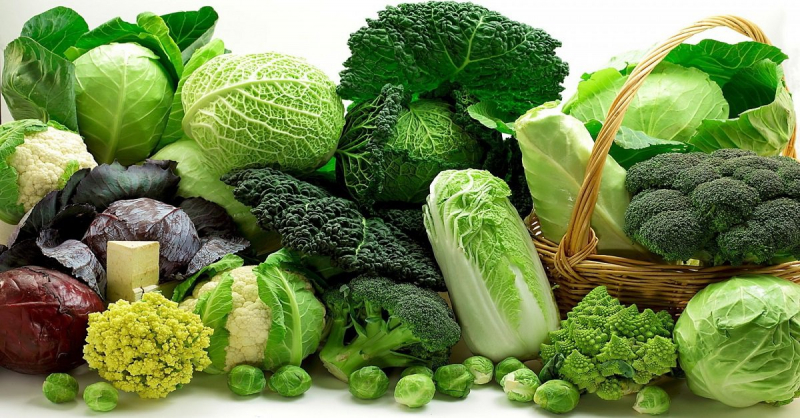
Cruciferous Vegetables -
Great, fat-free food with numerous potential health advantages is mushrooms. They're interestingly neither a fruit nor a vegetable, a grain or an animal product, so they don't fit into any of the standard food groups. In fact, mushrooms are fungi that have been used for ages in both food and medicine.
Common varieties of edible mushrooms include:
- White button
- Crimini
- Portabella
- Shiitake
- Oyster
- ...
While the nutrients in different types of mushrooms vary, all contain potassium, fiber, and a number of B vitamins and minerals. Some varieties contain a significant amount of vitamin D. Furthermore, mushrooms are the food with the highest concentration of ergothioneine, an antioxidant with strong anti-inflammatory properties. According to research, mushrooms may boost your immune system and protect you from some cancers.
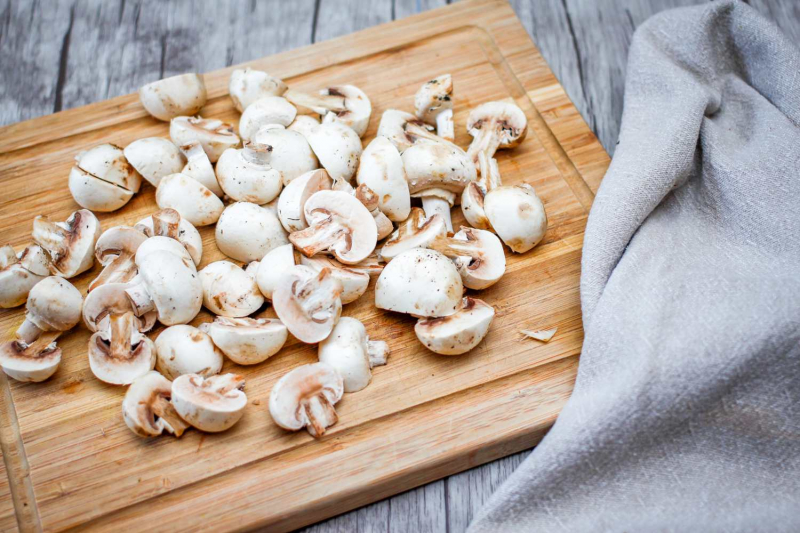
Mushrooms 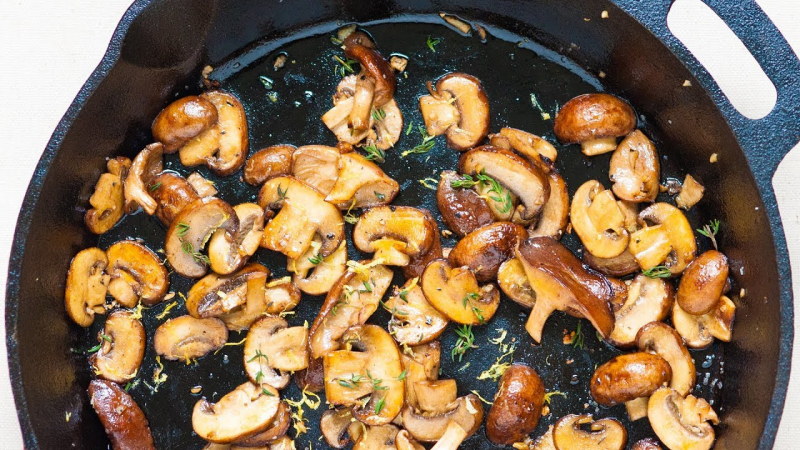
Mushrooms -
Garlic is a well-liked component due to its potent flavor and aroma. Additionally, it contains nearly no fat and very few calories. Garlic has been used as medicine for a very long time. Garlic is widely recognized for its ability to fight bacteria, viruses, fungi, and even parasites.
According to studies, regularly consuming garlic may strengthen your immune system and help protect against the common cold. While large doses of garlic or concentrated supplements are required to have an effect, several studies relate the beneficial components in garlic to lower blood pressure and cholesterol. It melts in your mouth like butter when roasted in olive oil. It tastes sharp and bitter when chopped and raw. It can ease sore muscles when it's in oil form. Garlic can also be used to make tea. Regardless of how you use it, garlic has many advantages in addition to being delicious!
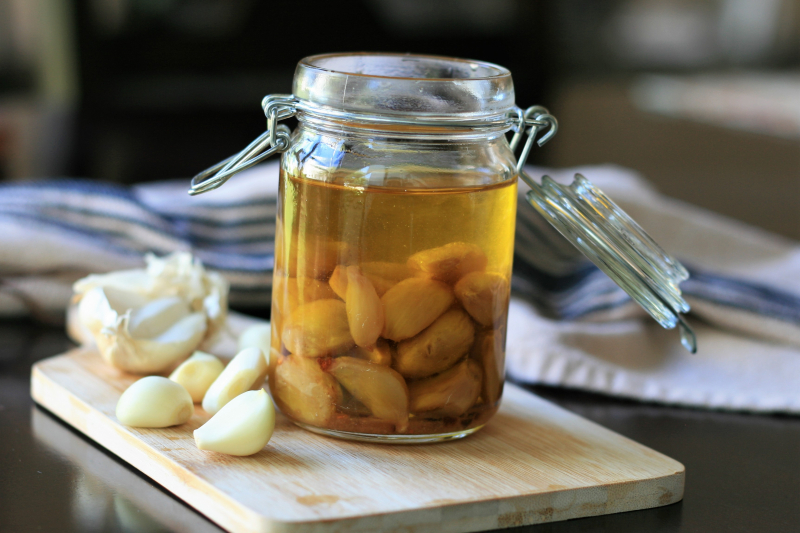
Garlic 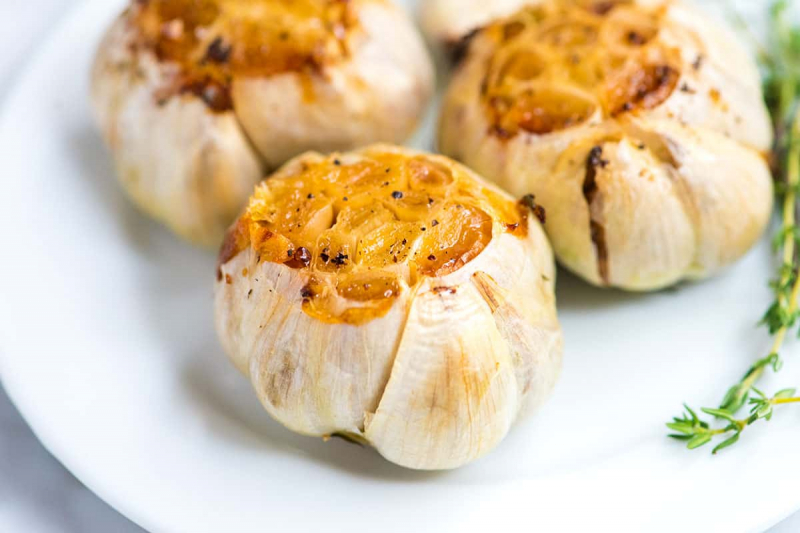
Garlic -
Ancient grains are those that, in contrast to more contemporary grains like wheat and corn, have remained largely unchanged for the previous several hundred years. popular ancient grains consist of: farro, bulgur, spelt, quinoa.
All grains are low in fat and rich in nutrients like protein, fiber, vitamin E, B vitamins, zinc, phosphorus, and iron, but each grain has a different nutritional profile. Whole grains, including ancient grains, are well known to be good for your health. One benefit of ancient grains' high fiber content is that it promotes good digestion, prolong feelings of fullness, and may even help with diabetic management. Additionally, whole grain-rich diets are linked to a lower risk of heart disease and stroke.
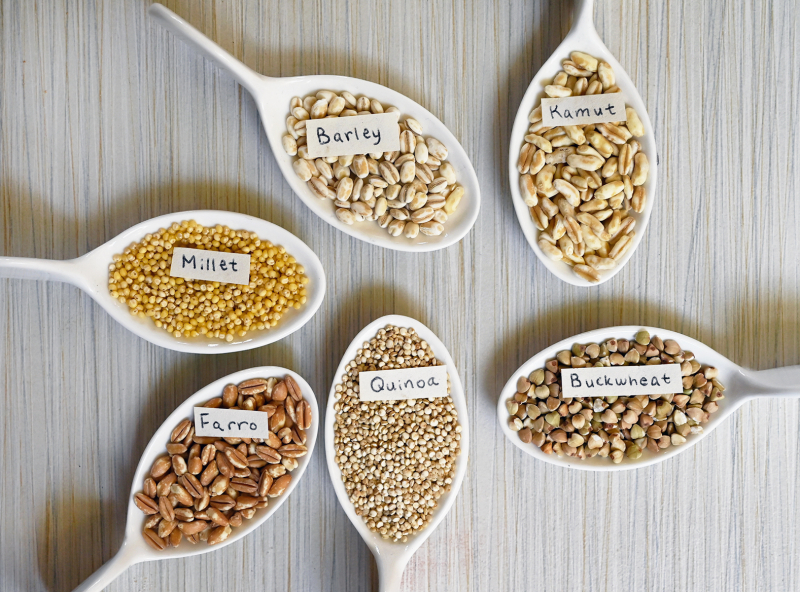
Ancient Grains 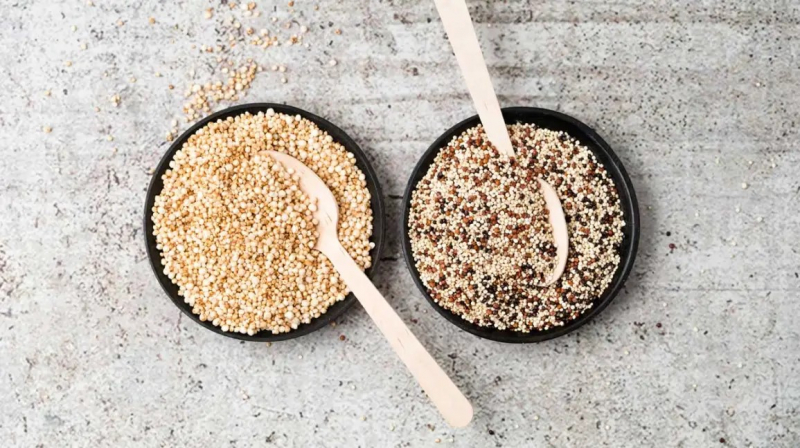
Ancient Grains -
Cod, perch, pollock, and haddock are some examples of white, lean fish. These fish varieties are a great source of high-quality protein and are low in fat and calories. A cooked 3-ounce (85-gram) serving of white fish has 16–20 grams of protein, 1 gram of fat, and 70–100 calories.
Whitefish makes a great source of lean protein. With almost no saturated fats or cholesterol, it has low fat and high protein composition. In addition to its many other health advantages, such as a lower risk of depression and Alzheimer's disease than its main rival red meat, white fish also has heart-healthy omega-3 fatty acids that are essential for good brain function. In addition, these fish provide a number of necessary vitamins and minerals, such as vitamin B12, phosphorus, selenium, and niacin. Whitefish tastes mild, therefore bold seasonings go well with it. They taste well in blackened, roasted, or grilled fish tacos.
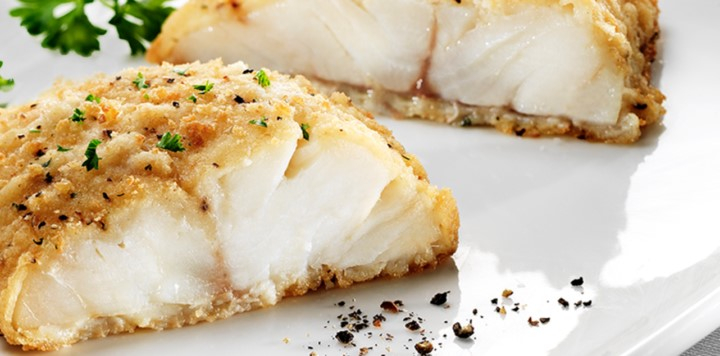
White, Lean Fish 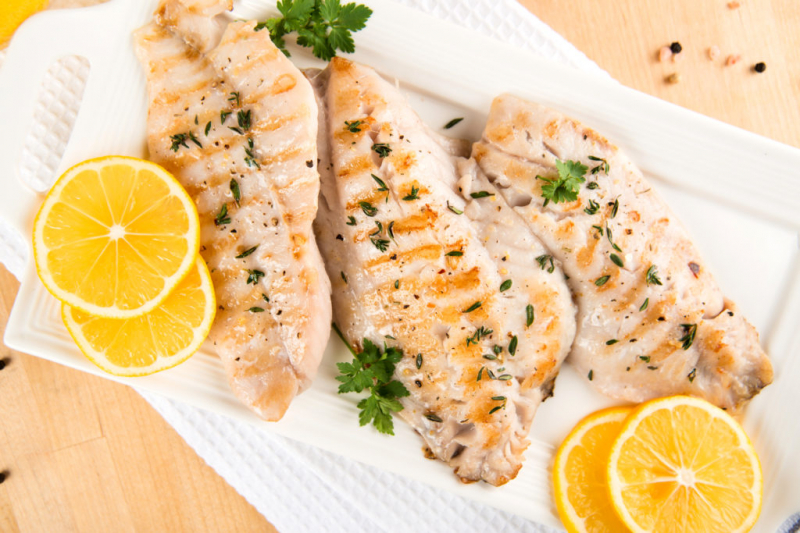
White, Lean Fish












